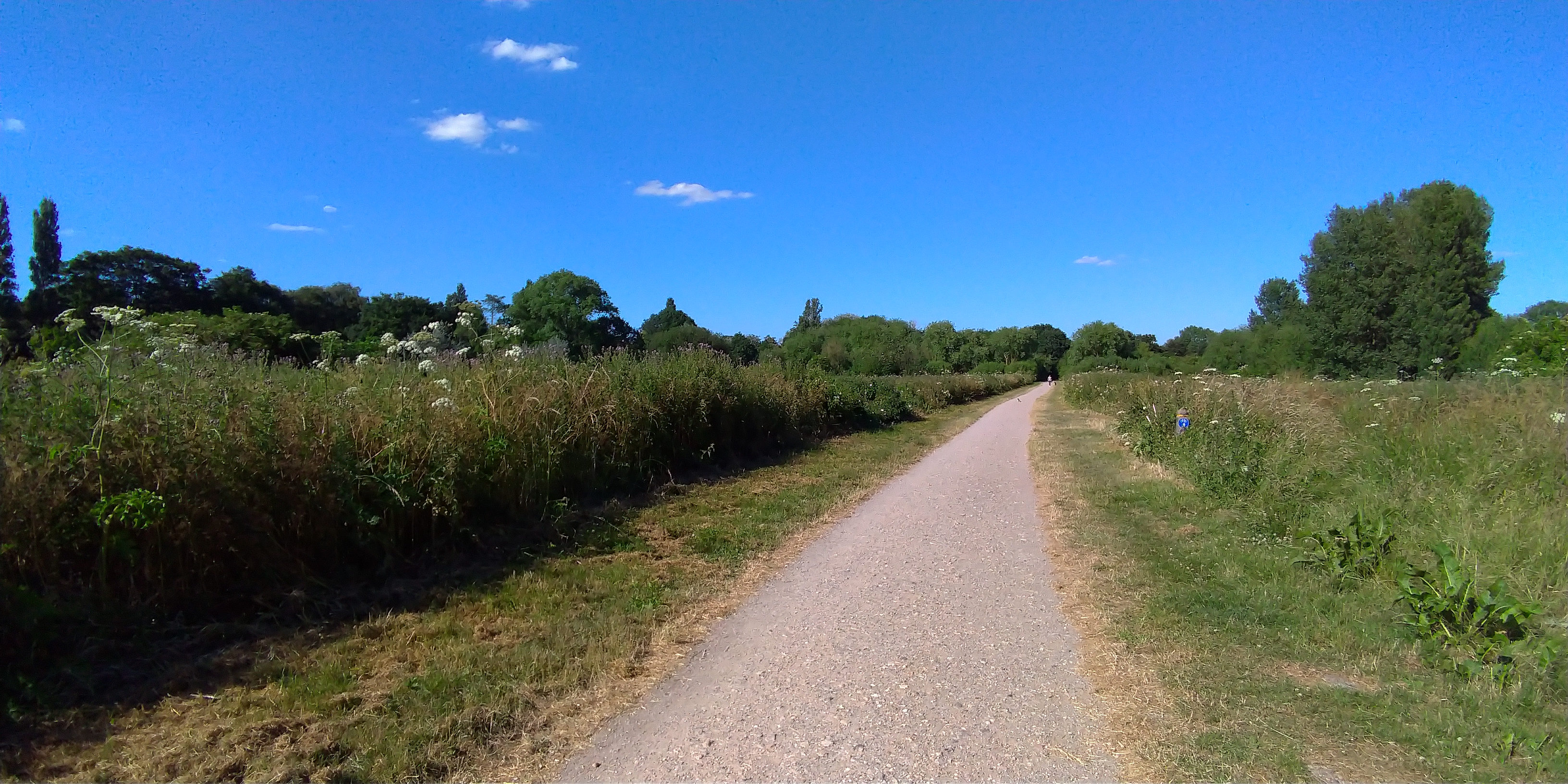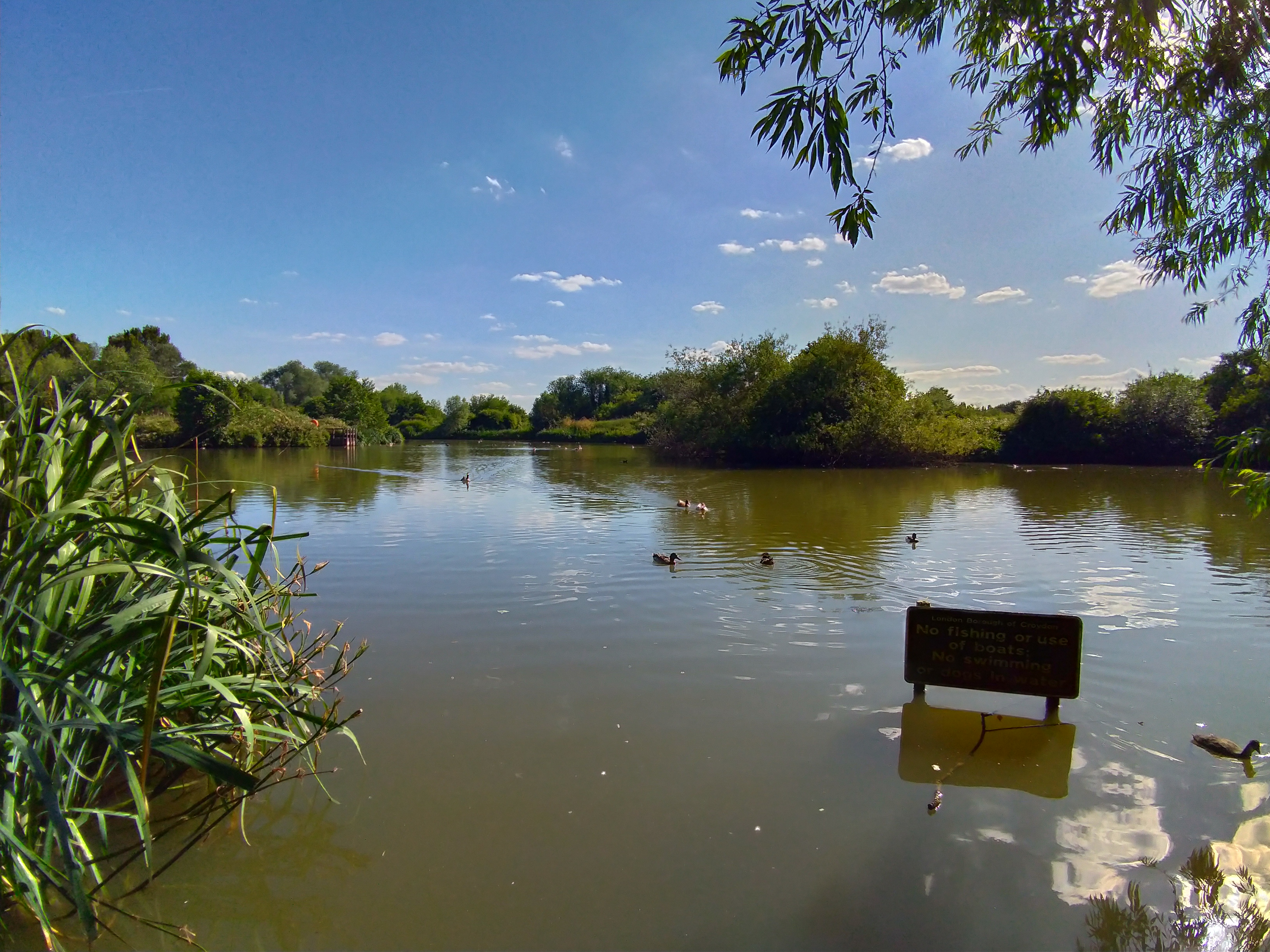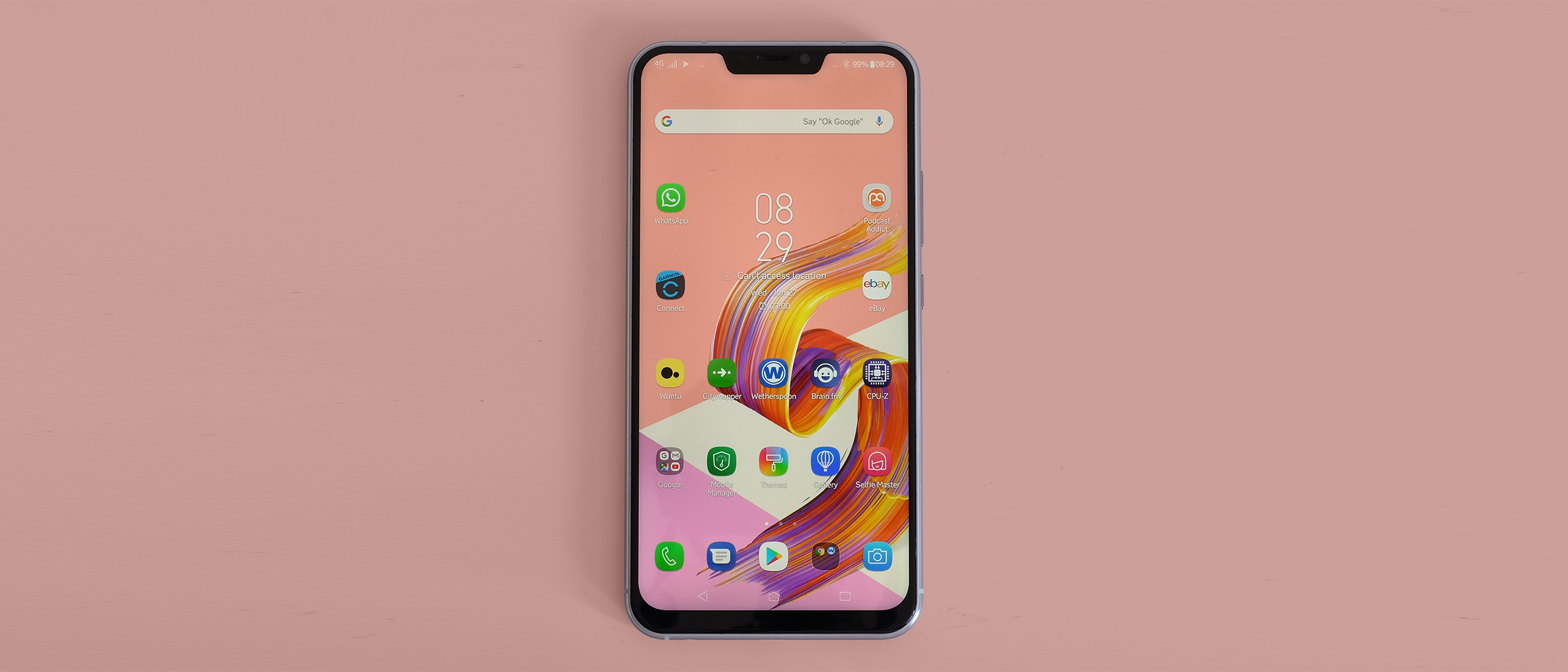Why you can trust TechRadar
Battery life
- 3,300mAh battery offers all-day stamina
- Fast charging with BoostMaster
- No wireless charging
The Asus Zenfone 5 has a 3,300mAh battery. It’ll last a solid day off a charge. On days when we don’t punish the phone too much, it ends up with around 30% charge left by bed time.
That includes a few hours of podcast streaming, some photo-taking, a couple of streamed YouTube videos and regular checks of WhatsApp.
It won’t challenge the Huawei P20 Pro, but the Zenfone 5’s stamina is respectable.
Left to play a 90-minute video at maximum brightness, the battery level drops by 16%. The OnePlus 6 loses 15% in the same test. As in general use, the Asus and its OnePlus rival are similar battery performers.
The Asus Zenfone 5 also supports fast charging, using the Asus BoostMaster standard (which is based on Qualcomm Quick Charge tech). It uses 'AI' charging too. This prevents overcharging, which can reduce your battery’s lifespan. There’s no wireless charging, though.
Camera
- Relatively advanced camera hardware
- 12MP main and 8MP wide-angle secondary cameras
- Effective HDR
Asus says the camera is the Zenfone 5’s focus. It is home to some of the phone’s best and most disappointing parts.
The hardware, for the rear cameras at least, is excellent. Its main sensor is a Sony IMX363, a great 12MP f/1.8 sensor with large 1.4-micron sensor pixels and 1/2.55-inch size.
It has 4-axis stabilization, for better low light results. You can see this in action even when you simply hold the Asus Zenfone 5 with the camera app running. Movement appears smoothed-out.
The second rear camera has a 120-degree wide-angle lens. It’s most similar to the LG G7 ThinQ in this respect. This second sensor is 8MP f/2.0 and lets you shoot a wide view of a large object, even if it is close up.

The geometric distortion the lens causes can be used to dramatic effect too. Straight lines in the architecture of buildings become curved, particularly near the edge of the frame.
The best part of the Zenfone 5 aside from the flexibility of dual-view shooting is its HDR optimization. This phone has very effective high dynamic range processing.
It’s far better in this respect than the more expensive LG G7 ThinQ, which frequently blows out the brightest parts of an image. The Zenfone 5 does not, usually.
At times it can seem a little unrealistic, bordering on fantastical, as if bright cloudy skies have been rendered by a computer game. But photos are often striking.
There are two problems with the HDR. At times it can cause ghosting, where you can see movement in the scene overlaid on top of the original exposure. This is usually an issue when there’s too much of a time gap between the shots.
And at times the HDR just doesn’t kick in. On several occasions we shot multiple images of the same scene. Some ended up as nicely exposed HDR photos, others were labeled HDR but had dramatically overexposed areas.
The Asus Zenfone 5 camera is a little flaky. You see this throughout. Sometimes the shutter button refuses to respond when you press it. Switching between the standard and wide cameras takes too long.

Asus improved the camera performance a little with a mid-test update, but there’s clearly more work to do here. We have hope, though, because when the Asus Zenfone 5 behaves there’s minimal shutter lag. Right now, it misbehaves too often, though.
Other aspects of image quality are slightly disappointing given the great tech inside too. Despite OIS and the high-quality sensor, night photo quality is not that great. Low light shots are noisy, much more so than the OnePlus 6, it’s still quite easy to blur night photos and they are just not that detailed.
The Asus Zenfone 5 also routinely over-saturates color. Using Photoshop to tweak the resulting files, reducing saturation by as much as 30% often results in more natural-looking images.
There’s also a tendency to increase exposure too much for dark scenes with moderate levels of light contrast, making them look washed out. This camera is inconsistent.
Asus says the Zenfone 5 uses AI to aid its camera, although unlike the Honor 10 it doesn’t advertise its presence as you shoot. It may be to blame for our oversaturated shots.
The phone does use its smarts pretty well for very low light shooting, though. It can make photos of very dim rooms seem brighter and clearer. The resulting detail isn’t too impressive, but there’s stuff going on behind the scenes we weren’t able to replicate with the Pro mode.

Pro mode lets you take control of parameters like shutter speed and focus, and can also capture RAW+JPEG images. The auto mode just shoots JPEGs.
The Asus Zenfone 5 offers some of the best camera hardware you can get for the price. However, thanks to less-than-stellar processing and flaky software the results are variable.
Sometimes it takes excellent photos. Sometimes it looks as though something has gone a bit wrong in the process, or the app just gets on your nerves with its inconsistent performance.
As long as Asus continues to update the Zenfone 5, this will improve. But it won’t challenge the Samsung Galaxy S9 or OnePlus 6.
The front camera has a very good 8MP sensor capable of rendering plenty of fine detail, and once again the HDR mode works wonders on balancing the exposure of foreground and background.
There are two separate selfie apps too. Selfie Master has a beauty slider that smooths your skin, although doesn’t make the same HDR tweaks as the main camera app.

And ZeniMoji is a take on the Animoji feature of the iPhone X. This replaces your face with that of a 3D cartoon character that mimics the movement of your eyes, mouth and so on.
However, unlike the iPhone X there’s significant delay, and the effect isn’t anywhere near good as Apple’s when you play back the recorded clip either. But, hey, this stuff is for fun. It should please the kids, if not 30-year-olds begging for some tech infantilization.
For video you can shoot at up to 4K 30fps, or Full HD at up to 120fps, for slo-mo shooting. The Asus Zenfone 5 stabilizes footage even at 4K, but you’ll get the smoothest footage at 1080p.
Camera samples










Current page: Battery life and camera
Prev Page Introduction, key features and design Next Page Anything else I should know?Andrew is a freelance journalist and has been writing and editing for some of the UK's top tech and lifestyle publications including TrustedReviews, Stuff, T3, TechRadar, Lifehacker and others.

